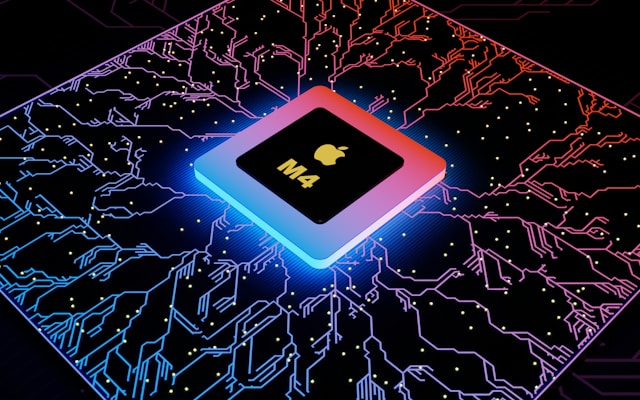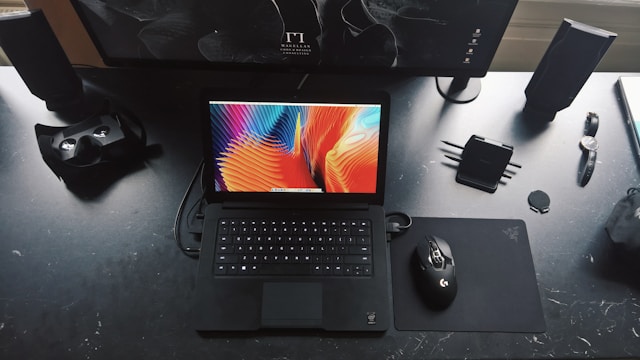Hey everyone, Alistair Finch here. Been a while since my last post, but I’ve been buried in some fascinating virtualization projects lately. Today, I want to revisit a feature from XenServer 5.6 that still packs a punch: Dynamic Memory Control. Yeah, it’s not brand-spanking-new, but it’s a total game-changer for resource efficiency, and honestly, still relevant in many environments today. If you’re looking to maximize server utilization, keep reading!
What’s This Dynamic Memory Control Thing, Anyway?
Alright, let’s break it down. Dynamic Memory Control (DMC) in XenServer 5.6 is all about letting your virtual machines (VMs) play a little “memory Tetris.” Think of it like this: your server’s RAM is a shared swimming pool, and your VMs are swimmers. DMC lets VMs borrow memory when they need it most and release it back to the pool when they’re just chilling. Basically, VMs can access and release memory on demand, rather than hogging a fixed chunk all the time. It’s about sharing nicely! I always thought of it like this, if VMs were kids fighting for a toy.
If you’re visual like me, imagine a pie chart. Each slice represents a VM’s memory allocation. With DMC, those slices can dynamically shrink or grow depending on the VM’s needs. Pretty neat, huh?
A simplified diagram illustrating Dynamic Memory Control. VM slices dynamically adjust based on demand.
Why Should You Care About Dynamic Memory Control? (The Good Stuff)
Okay, so why bother? Well, the benefits are pretty compelling. First off, improved resource utilization. By dynamically allocating memory, you’re not wasting precious RAM on idle VMs. This leads to increased VM density, meaning you can cram more VMs onto a single server. Think about the cost savings! Fewer servers mean less hardware, less power consumption, less cooling… the list goes on. It all adds up and in the end, the boss is happy!
And of course, there’s the performance boost. VMs get the memory they need when they need it, leading to snappier applications and happier users. It’s a win-win! I remember one project where we implemented DMC on a XenServer 5.6 farm hosting a bunch of Citrix XenApp servers. The difference was night and day. We were able to support significantly more users without a noticeable performance hit. Pretty cool!
Getting Your Hands Dirty: Implementing Dynamic Memory Control
Now for the practical bit! I know, I know, this is what you’ve been waiting for. Enabling DMC in XenServer 5.6 is relatively straightforward, though the interface might seem a bit…dated by today’s standards. Here’s the gist:
- Open XenCenter: Fire up XenCenter and connect to your XenServer host.
- VM Properties: Select the VM you want to configure and go to its “Memory” properties.
- Set Memory Range: Here’s the magic! You’ll see options for “Static Minimum,” “Static Maximum,” and “Dynamic Maximum.” Set a reasonable minimum, a comfortable maximum, and let XenServer handle the rest. I usually start with a minimum that allows the OS to boot comfortably and a maximum that’s a bit more than the VM typically uses.
- Apply and Monitor: Apply your changes and keep an eye on the VM’s performance. You can use XenCenter’s performance graphs to see how the memory is being utilized.
Example screenshot of XenCenter’s memory settings for a VM.
A little tip: Don’t go overboard with the memory ranges. Too little minimum memory, and your VM will struggle. Too much maximum memory, and you’re negating the benefits of DMC.
Does it Really Make a Difference? A Performance Glimpse
Alright, lets be real. Does this actually work? Yes, it does! Performance improvements are, for the most part, very noticable.
When Dynamic Memory Control is enabled, multiple virtual machines can share the memory allocated to a single server. As a result, more VMs can be supported, improving server utilization and lowering expenses. In addition, DMC enables VMs to obtain memory as needed, which enhances performance and user satisfaction.
A sample chart illustrating potential performance improvements with Dynamic Memory Control. (Note: Actual results may vary depending on workload and environment.)
Of course, there are some trade-offs to consider. If your VMs are constantly battling for memory, you might see some performance degradation. But in most cases, the benefits far outweigh the risks.
Wrapping Up (For Now)
So there you have it: Dynamic Memory Control in XenServer 5.6. It’s a powerful tool for optimizing your virtualized environment, improving resource efficiency, and saving you money. Sure, XenServer has evolved since then, but the core principles of DMC remain relevant. If you’re still running XenServer 5.6 (or even some of the later versions), give it a try. You might be surprised at how much you can squeeze out of your servers! Let me know what you think in the comments below. What are your experiences with memory management in virtualized environments? Always eager to hear your thoughts!








